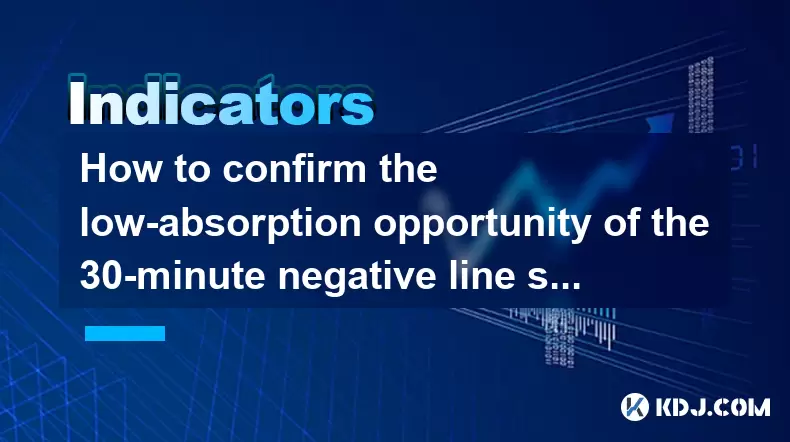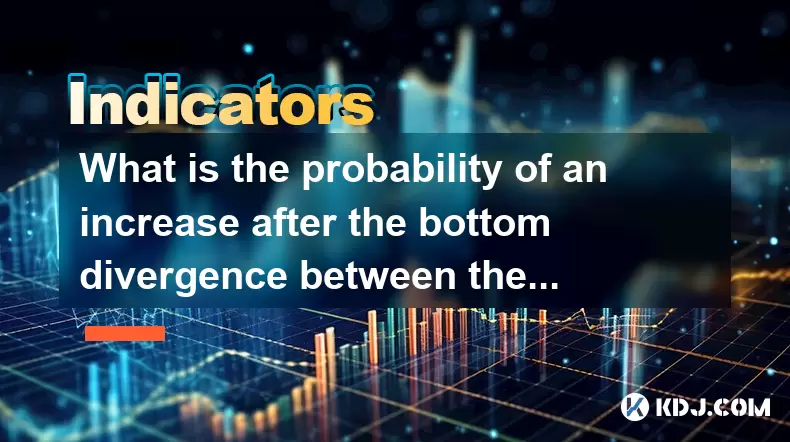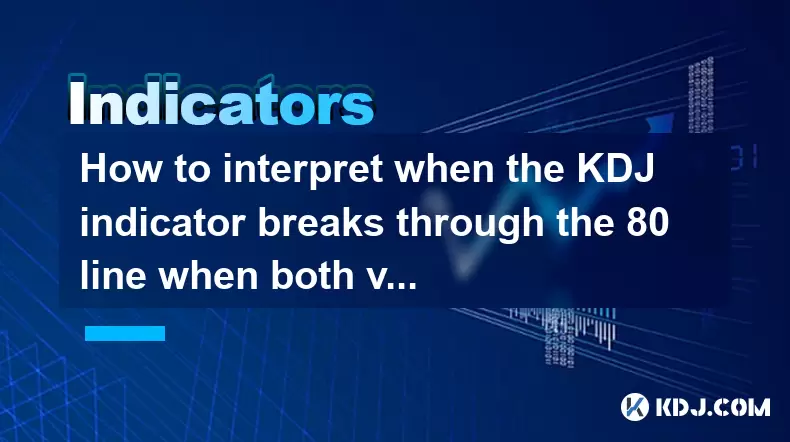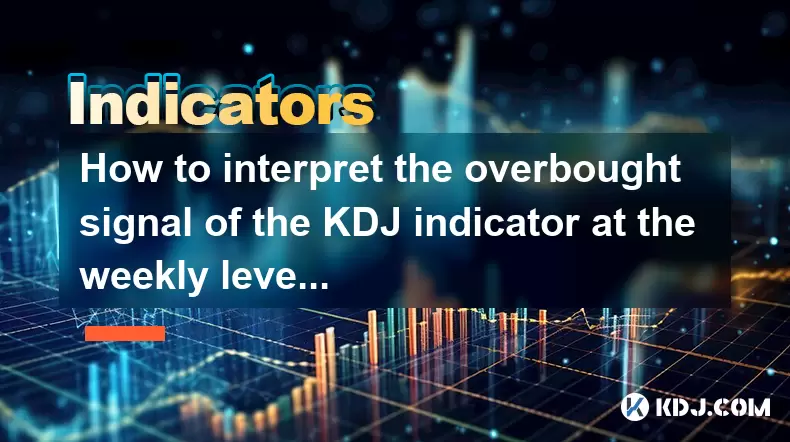-
 Bitcoin
Bitcoin $115100
-2.99% -
 Ethereum
Ethereum $3642
-1.38% -
 XRP
XRP $3.027
-5.51% -
 Tether USDt
Tether USDt $1.000
-0.05% -
 BNB
BNB $763.4
-1.32% -
 Solana
Solana $177.2
-5.42% -
 USDC
USDC $0.9999
-0.02% -
 Dogecoin
Dogecoin $0.2247
-6.47% -
 TRON
TRON $0.3135
0.23% -
 Cardano
Cardano $0.7824
-4.46% -
 Hyperliquid
Hyperliquid $42.53
-0.97% -
 Stellar
Stellar $0.4096
-6.09% -
 Sui
Sui $3.662
-2.61% -
 Chainlink
Chainlink $17.63
-3.57% -
 Bitcoin Cash
Bitcoin Cash $536.3
2.94% -
 Hedera
Hedera $0.2450
0.34% -
 Avalanche
Avalanche $23.23
-3.15% -
 Litecoin
Litecoin $112.2
-1.23% -
 UNUS SED LEO
UNUS SED LEO $8.976
-0.30% -
 Shiba Inu
Shiba Inu $0.00001341
-2.72% -
 Toncoin
Toncoin $3.101
-2.44% -
 Ethena USDe
Ethena USDe $1.001
-0.05% -
 Uniswap
Uniswap $10.08
-1.97% -
 Polkadot
Polkadot $3.938
-2.77% -
 Monero
Monero $323.9
0.87% -
 Dai
Dai $0.9999
-0.02% -
 Bitget Token
Bitget Token $4.481
-1.69% -
 Pepe
Pepe $0.00001199
-5.94% -
 Aave
Aave $288.2
-0.68% -
 Cronos
Cronos $0.1279
0.36%
How to confirm the low-absorption opportunity of the 30-minute negative line shrinking callback + 1-hour Bollinger Band middle track support?
The 30-minute negative line shrinking callback, combined with the 1-hour Bollinger Band middle track, signals a high-probability reversal when bearish momentum weakens near dynamic support.
Jul 24, 2025 at 10:29 pm

Understanding the 30-Minute Negative Line Shrinking Callback Pattern
The 30-minute negative line shrinking callback is a candlestick pattern observed on the 30-minute timeframe that often signals a potential reversal during a downtrend. This pattern typically forms when a series of bearish candles shows progressively smaller bodies, indicating weakening selling pressure. The critical aspect is the reduction in bearish momentum, which may suggest that sellers are losing control and buyers could soon step in.
To identify this pattern, traders should look for at least three consecutive red (bearish) candles on the 30-minute chart. The key condition is that the body of each candle must be smaller than the previous one, even if the wicks vary. This shrinking body reflects diminishing selling force. The final candle in this sequence should ideally close near its high, forming a doji-like structure or a small-bodied candle with a long lower wick.
It's essential to confirm that this pattern occurs after a clear downtrend, not in a sideways or choppy market. A prior decline increases the reliability of the callback signal. Volume analysis can further validate this setup — a decrease in volume during the shrinking candles reinforces the idea of waning bearish interest.
Role of the 1-Hour Bollinger Band Middle Track as Dynamic Support
The 1-hour Bollinger Band middle track is the 20-period simple moving average (SMA) that sits at the center of the Bollinger Bands. In trending markets, this middle line often acts as dynamic support during pullbacks in an uptrend or resistance in a downtrend. When combined with the 30-minute callback signal, the alignment with the 1-hour middle band enhances the probability of a bounce.
To apply this effectively, traders must ensure the price on the 1-hour chart is approaching or touching the middle Bollinger Band (20 SMA) at the same time the 30-minute shrinking callback forms. This confluence suggests that short-term exhaustion (seen on the 30-minute chart) aligns with a key moving average on a higher timeframe, increasing the validity of the support level.
Bollinger Bands adapt to volatility. When the bands contract, it often precedes a breakout. If the price touches the middle band during a period of low volatility (narrow bands), a reversal becomes more likely, especially if supported by a bullish candlestick pattern on lower timeframes.
Confirming Confluence Between Timeframes
For a high-probability trade setup, confluence between the 30-minute shrinking callback and the 1-hour Bollinger Band middle track is crucial. Traders should not rely on either signal in isolation. The process involves synchronizing both indicators across timeframes.
- Check the 1-hour chart and mark where the price interacts with the middle Bollinger Band.
- Switch to the 30-minute chart and look for the sequence of shrinking bearish candles.
- Ensure both events occur within a close price range — ideally within a 1% margin of each other.
- Confirm that the most recent 30-minute candle closes above its open, showing initial buyer interest.
- Observe whether the 1-hour candle at the time of the callback is also showing a bullish reversal pattern, such as a hammer or bullish engulfing.
This multi-timeframe alignment reduces false signals. The 1-hour chart provides context, while the 30-minute chart offers precise entry timing. Misalignment between the two may result in failed setups.
Entry, Stop-Loss, and Position Management
Once the pattern and support level are confirmed, executing the trade requires precision. The goal is to enter early in the potential reversal while minimizing risk.
- Entry: Place a limit buy order slightly above the close of the last shrinking bearish candle on the 30-minute chart. For example, if the candle closed at $30,000, set the entry at $30,050 to ensure execution once momentum shifts.
- Stop-Loss: Position the stop-loss just below the lowest wick of the shrinking candle sequence. If the most recent candle has a low of $29,800, set the stop at $29,750 to allow for minor volatility without premature exit.
- Take-Profit: Use the upper Bollinger Band on the 1-hour chart as an initial target. Alternatively, aim for a 1:2 or 1:3 risk-reward ratio based on the distance between entry and stop-loss.
- Position Size: Allocate capital based on risk tolerance. Never risk more than 1–2% of the trading account on a single setup.
Using a trailing stop can help lock in profits if the price continues upward beyond the initial target. Enable this feature on your exchange or trading platform by setting a percentage or price distance below the current market price.
Additional Confirmation Tools and Filters
To strengthen the reliability of this strategy, integrate additional technical tools. These filters help eliminate low-quality signals.
- RSI (Relative Strength Index): On the 1-hour chart, check if RSI is below 30 or rising from oversold territory. A bullish RSI divergence (price makes lower lows, RSI makes higher lows) adds strong confirmation.
- Volume Profile: Look for increasing volume on the first bullish candle after the callback. A volume spike on reversal indicates institutional or large trader participation.
- Order Book Analysis: On exchanges with visible order books, check for a dense cluster of buy orders near the 1-hour middle Bollinger Band level. This liquidity wall can act as a magnet and support price.
- MACD Histogram: A narrowing or turning upward MACD histogram on the 1-hour chart supports the idea of momentum shift.
Avoid trading this setup during major news events or low-liquidity periods (e.g., weekends for some altcoins), as false breakouts are more common.
Frequently Asked Questions
What if the price touches the 1-hour Bollinger middle band but the 30-minute chart doesn’t show a shrinking callback?
This scenario lacks confluence. Without the 30-minute shrinking bearish candles, the touch of the middle band is less significant. It may just be a temporary pause in the trend. Wait for the lower timeframe signal before considering entry.
Can this strategy be applied to altcoins, or is it only for Bitcoin?
Yes, this strategy works on high-liquidity altcoins like Ethereum, Solana, or Binance Coin. However, ensure the asset has sufficient trading volume and clear chart patterns. Low-cap coins with erratic price action may generate false signals due to manipulation.
How do I adjust the Bollinger Band settings if the market is highly volatile?
The default 20-period SMA and 2-standard deviation settings work well in most conditions. During extreme volatility, consider using a higher deviation (e.g., 2.5) to prevent the price from constantly touching the bands. Do not change the period length frequently, as it disrupts consistency.
Should I use leverage when trading this setup?
Leverage increases both profit potential and risk. Given that this is a reversal-based strategy, which carries inherent uncertainty, using high leverage can lead to quick liquidation if the stop-loss is hit. Conservative traders should avoid leverage or use it minimally (2x–3x) with strict risk controls.
Disclaimer:info@kdj.com
The information provided is not trading advice. kdj.com does not assume any responsibility for any investments made based on the information provided in this article. Cryptocurrencies are highly volatile and it is highly recommended that you invest with caution after thorough research!
If you believe that the content used on this website infringes your copyright, please contact us immediately (info@kdj.com) and we will delete it promptly.
- Kaspa's Strongest Month REVEALED: New Data Shocks KAS Traders!
- 2025-07-26 04:30:12
- Crypto Losses: From ZIRP to Zero - How I Lost a Million Dollars (and What You Can Learn)
- 2025-07-26 04:30:12
- BONK's Wild Ride: Selling Pressure and Market Dip - A New Yorker's Take
- 2025-07-26 03:30:12
- Pepeto Presale Heats Up: Demo Trading and Meme Coin Mania!
- 2025-07-26 02:50:11
- WeWake, Nexchain AI, and the Crypto Presale Frenzy: What You Need to Know
- 2025-07-26 02:50:11
- Scottie Pippen's XRP Moonshot: A Slam Dunk or an Air Ball?
- 2025-07-26 03:30:12
Related knowledge

What does it mean when the price breaks through the 30-day moving average and is accompanied by a large volume?
Jul 26,2025 at 03:35am
Understanding the 30-Day Moving Average in Cryptocurrency TradingThe 30-day moving average (MA) is a widely used technical indicator in the cryptocurr...

What does it mean when the MACD bar turns from negative to positive?
Jul 26,2025 at 05:01am
Understanding the MACD Indicator in Cryptocurrency TradingThe Moving Average Convergence Divergence (MACD) is a widely used technical analysis tool in...

Does the golden cross of the KDJ three lines at the annual line level indicate a turning point in the big cycle?
Jul 26,2025 at 01:35am
Understanding the KDJ Indicator in Cryptocurrency TradingThe KDJ indicator is a momentum oscillator widely used in technical analysis, especially with...

What is the probability of an increase after the bottom divergence between the KDJ indicator and the trading volume?
Jul 26,2025 at 01:29am
Understanding KDJ Indicator and Its Role in Technical AnalysisThe KDJ indicator is a momentum oscillator widely used in cryptocurrency trading to iden...

How to interpret when the KDJ indicator breaks through the 80 line when both volume and price rise?
Jul 26,2025 at 12:47am
Understanding the KDJ Indicator and Its ComponentsThe KDJ indicator is a momentum oscillator widely used in technical analysis within the cryptocurren...

How to interpret the overbought signal of the KDJ indicator at the weekly level?
Jul 26,2025 at 04:09am
Understanding the KDJ Indicator at the Weekly LevelThe KDJ indicator is a momentum oscillator widely used in technical analysis to identify potential ...

What does it mean when the price breaks through the 30-day moving average and is accompanied by a large volume?
Jul 26,2025 at 03:35am
Understanding the 30-Day Moving Average in Cryptocurrency TradingThe 30-day moving average (MA) is a widely used technical indicator in the cryptocurr...

What does it mean when the MACD bar turns from negative to positive?
Jul 26,2025 at 05:01am
Understanding the MACD Indicator in Cryptocurrency TradingThe Moving Average Convergence Divergence (MACD) is a widely used technical analysis tool in...

Does the golden cross of the KDJ three lines at the annual line level indicate a turning point in the big cycle?
Jul 26,2025 at 01:35am
Understanding the KDJ Indicator in Cryptocurrency TradingThe KDJ indicator is a momentum oscillator widely used in technical analysis, especially with...

What is the probability of an increase after the bottom divergence between the KDJ indicator and the trading volume?
Jul 26,2025 at 01:29am
Understanding KDJ Indicator and Its Role in Technical AnalysisThe KDJ indicator is a momentum oscillator widely used in cryptocurrency trading to iden...

How to interpret when the KDJ indicator breaks through the 80 line when both volume and price rise?
Jul 26,2025 at 12:47am
Understanding the KDJ Indicator and Its ComponentsThe KDJ indicator is a momentum oscillator widely used in technical analysis within the cryptocurren...

How to interpret the overbought signal of the KDJ indicator at the weekly level?
Jul 26,2025 at 04:09am
Understanding the KDJ Indicator at the Weekly LevelThe KDJ indicator is a momentum oscillator widely used in technical analysis to identify potential ...
See all articles

























































































